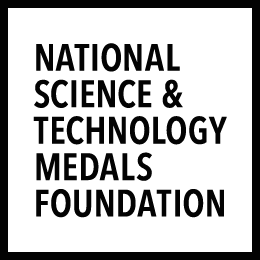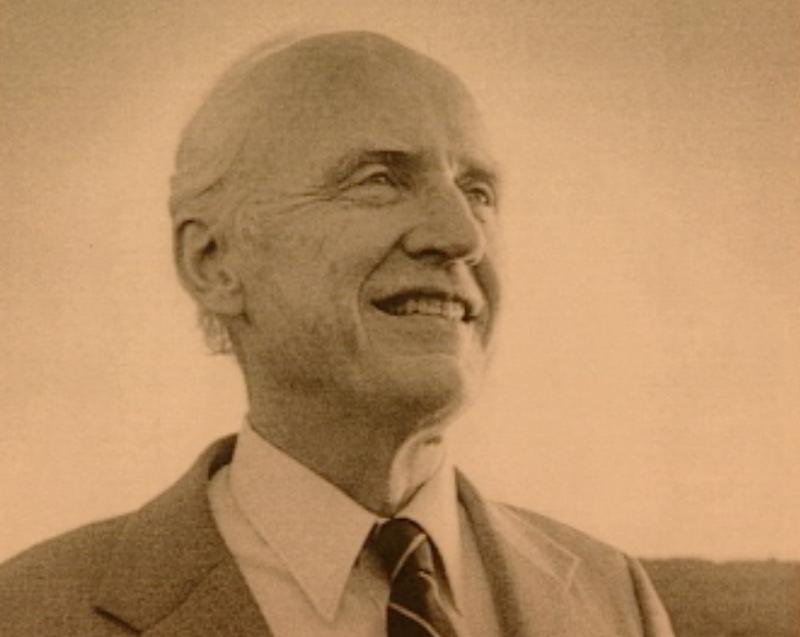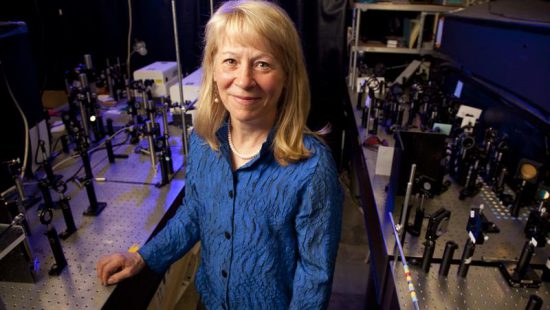The ozone is a thin layer of oxygen that is nature’s sunblock, protecting the earth from most UVB rays. We know that these UVB rays affect people by increasing chances of skin cancer, but it can also wreak havoc on marine ecosystems, stunt plant growth, and cause an unhealthy buildup of atmospheric gases.
Harold S. Johnston was one of the first scientists to suggest that some nitrogen oxides—which are found in transportation fuels—may contribute to the depletion of the ozone layer. In 1945, his Ph.D. studies focused on the reaction between ozone and nitrogen dioxide, a pollutant that mainly comes from car exhaust.
In 1971 Johnston published a paper, suggesting that flying supersonic aircrafts in the stratosphere could annihilate the ozone layer. His study was considered controversial because it implied that human activity could impact the environment on a global and catastrophic scale.
Despite contentions, Johnston’s study, along with lobbying to the public and Congress about his findings, led to the creation of the Climatic Impact Assessment Program (CIAP) and the Stratosphere Protection Program, two programs that were crucial to involving the government in developing modern programs to monitoring and modeling stratospheric conditions.
By Kristen Brida






